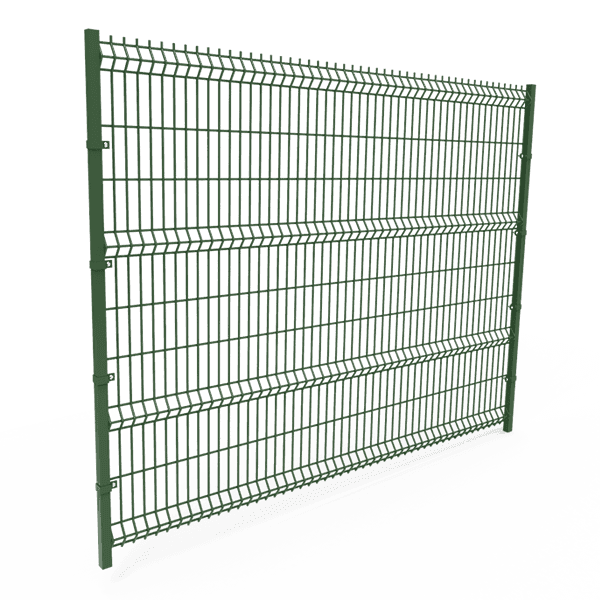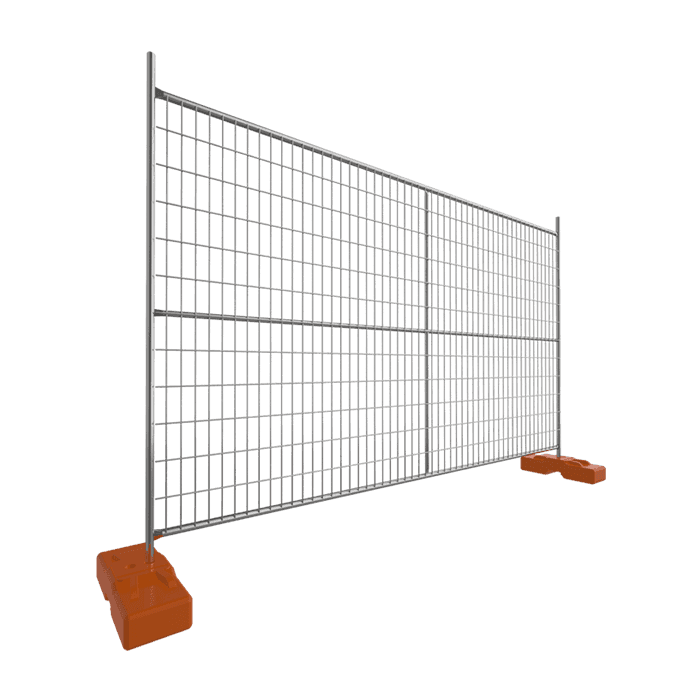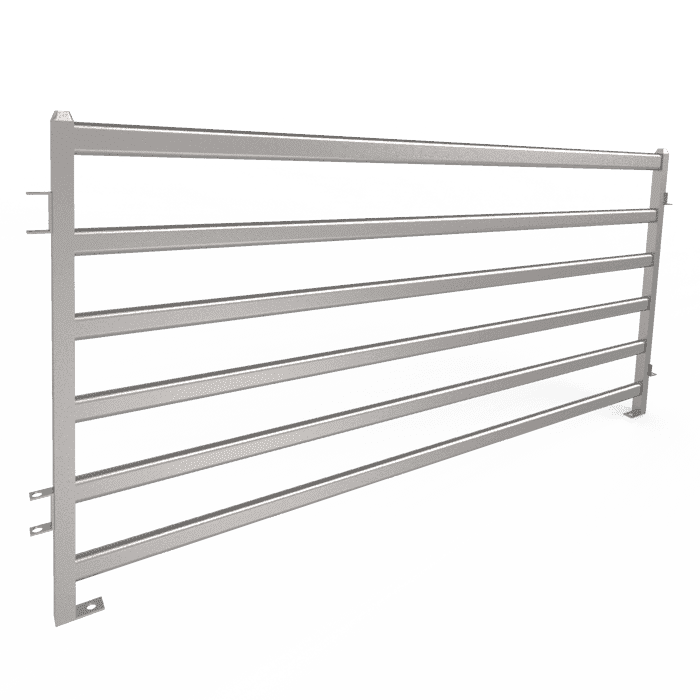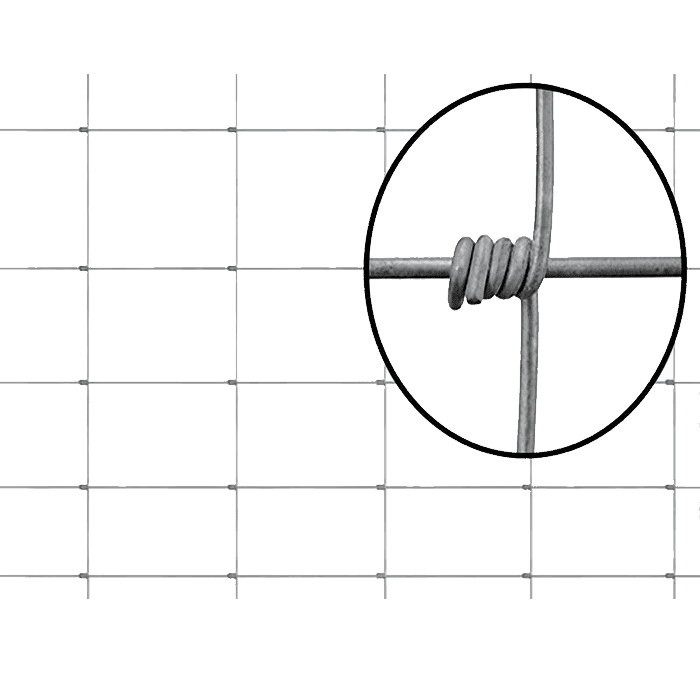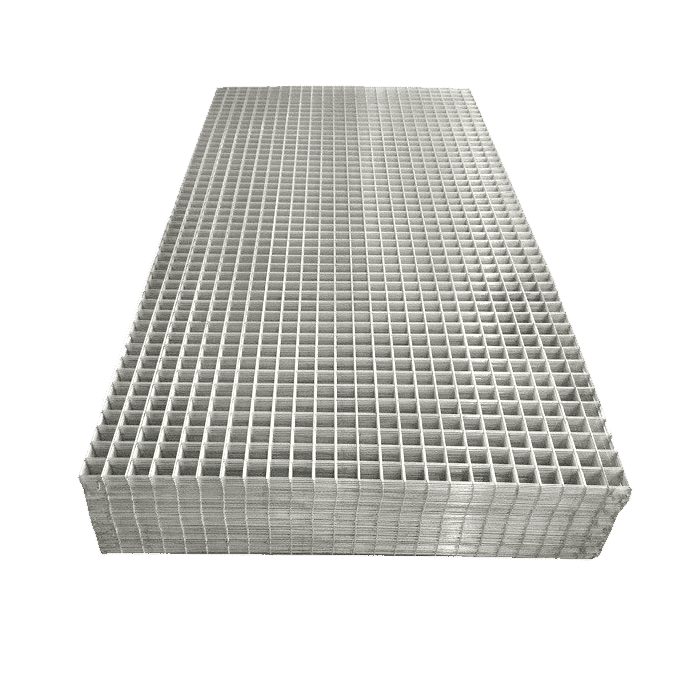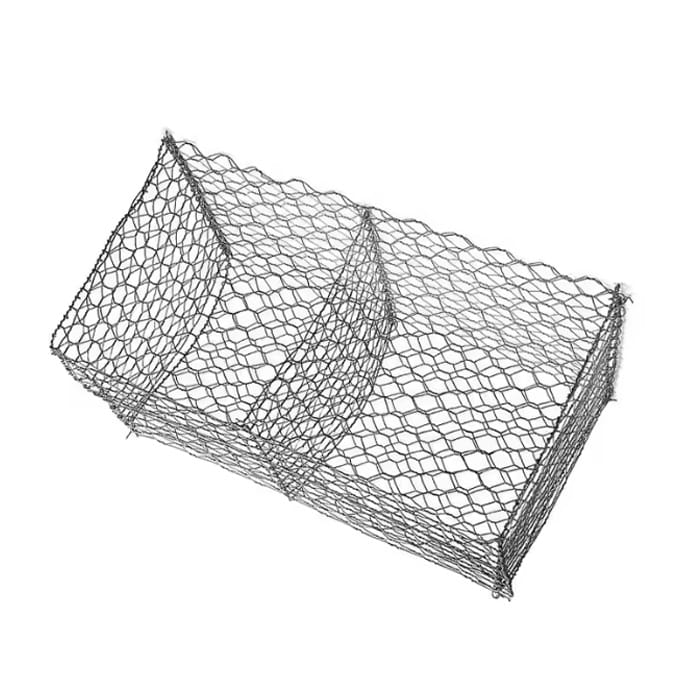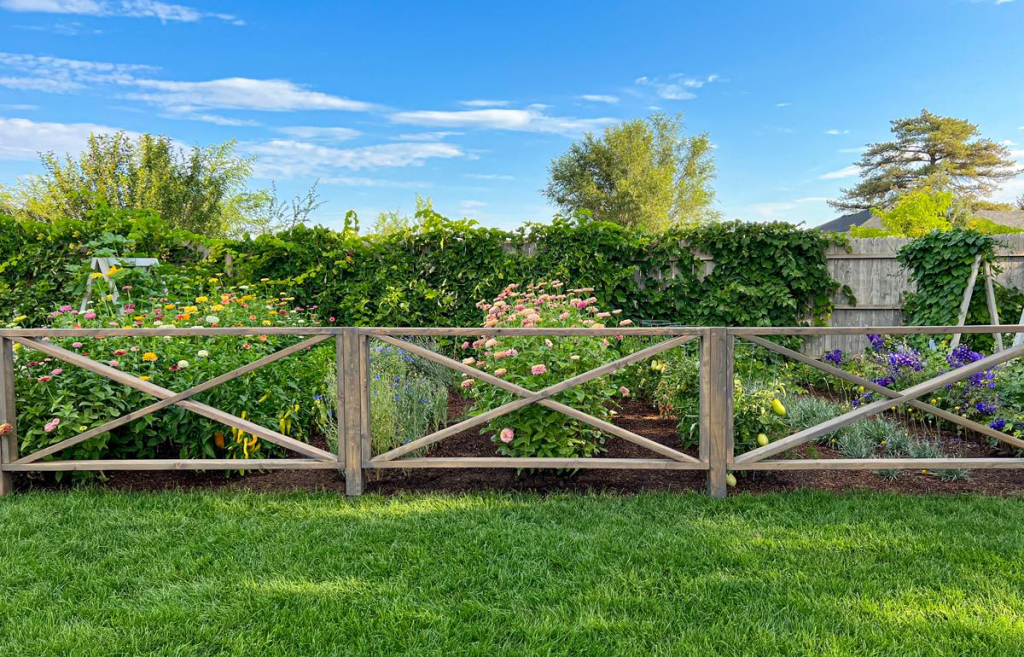Table of Contents
Choosing a fence for your garden is not just about marking boundaries; it’s about creating a sense of enclosure, beauty, and safety. For many homeowners, the right garden fence becomes an essential design element that ties together the overall landscape. It frames your flowers, protects your space from intruders, and adds character to your property. But with so many materials, sizes, and styles available, selecting the ideal one can be a challenge.
Understanding what a fence can do, how materials perform, and how to balance durability with appearance can make the decision much easier. This guide will help you explore everything you need to know about choosing a fence that truly fits your garden both practically and aesthetically.
1. What Can the Right Fence Do for Your Garden?
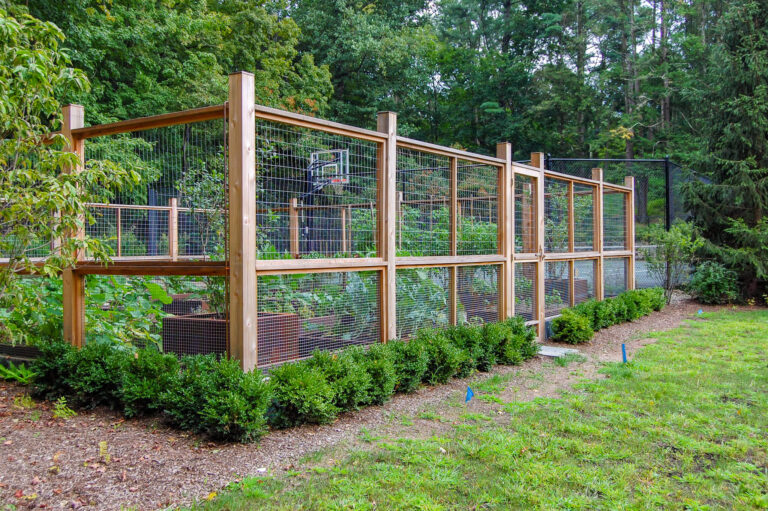
A garden fence serves more purposes than people often realize. It does much more than separate your yard from the neighbor’s. The right fence defines your outdoor space, protects your plants, and creates a personal sanctuary that reflects your taste.
One of the biggest advantages of a good fence is privacy. It gives you a sense of separation from the outside world. Whether you’re enjoying a quiet morning coffee or entertaining friends outdoors, privacy allows you to relax without feeling exposed.
Security is another reason homeowners invest in garden fencing. A sturdy fence helps keep out unwanted visitors, whether they are curious animals or trespassers. For families with pets or children, fences act as barriers that keep loved ones safely inside.
A well-placed fence can also shape the microclimate of your garden. By blocking strong winds or offering partial shade, fences can create more stable growing conditions. Certain plants thrive better when protected from harsh elements, and the fence can become an unexpected ally in improving plant health.
Finally, fences are key to visual harmony. The color, texture, and height of a fence can complement your garden’s landscape design. A rustic wooden fence might highlight a cottage-style garden, while a sleek metal fence could match a more modern aesthetic. Choosing the right one can turn a simple yard into an inviting retreat.
2. Choosing the Right Material for Garden Fences

When choosing a fence, the material is one of the most important factors to consider. The material determines how your fence will look, how long it will last, and how much effort you’ll spend maintaining it. Different materials come with their own strengths and weaknesses, so it’s essential to pick the one that fits your climate, budget, and lifestyle.
Wooden Fences
Wood remains one of the most popular choices for garden fencing because of its warm, natural appearance. It blends effortlessly with plants, lawns, and natural surroundings. A wooden fence can be painted, stained, or left to weather for a rustic charm.
However, wood requires care. Without regular maintenance, it can warp, rot, or fade. Choosing pressure-treated timber or naturally resistant woods such as cedar or redwood can extend its life. Applying a sealant or paint every few years keeps moisture out and maintains color. With good care, a wooden fence can last for decades and age beautifully.
Metal Fences
Metal fences, whether made from wrought iron, aluminum, or steel, offer a strong and elegant alternative. They are often chosen for their durability and sophisticated look. A wrought iron fence can add traditional charm, while aluminum provides a modern, lightweight, and rust-resistant option.
Metal fences are ideal for people who want minimal maintenance and strong security. They don’t warp or attract pests and can withstand harsh weather. However, some metal options may not offer much privacy unless combined with plants or panels.
Vinyl and PVC Fences
Vinyl fences have gained popularity for their clean appearance and low maintenance. Unlike wood, they don’t require painting or sealing. They resist moisture, insects, and fading, making them perfect for humid or rainy regions.
Vinyl comes in many colors and designs, allowing homeowners to mimic the look of wood without its upkeep. The downside is that it may cost more upfront and can crack under extreme cold. Still, for many, the trade-off in convenience is worth it.
Composite Fences
Composite fencing combines the best of both worlds the look of wood and the resilience of plastic. It’s made from recycled wood fibers and synthetic materials, offering a sustainable choice that requires very little maintenance. Composite fences resist rot, warping, and insects, and their color doesn’t fade easily.
These fences are heavier and may cost more initially, but they provide a long lifespan and consistent appearance. For homeowners seeking a modern, eco-friendly option, composite fences have become a leading choice.
Bamboo and Natural Alternatives
For those seeking a sustainable and organic look, bamboo fencing can be a beautiful solution. Bamboo grows rapidly and is one of the most renewable materials available. It creates a tropical or Zen-like atmosphere while offering privacy.
However, bamboo needs proper treatment to prevent mold and weathering. It’s best suited for mild climates or areas where you can provide extra protection from harsh conditions.
3. How to Choose the Size of a Garden Fence?
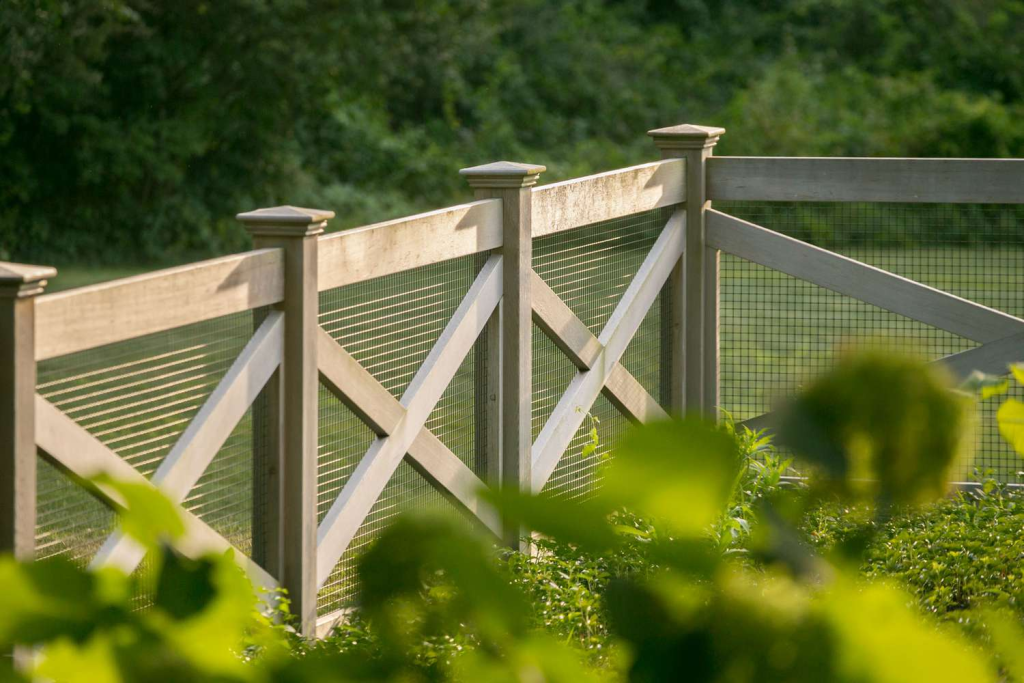
The size of your garden fence plays a huge role in how well it performs. Choosing the correct height and design affects privacy, security, and even how light reaches your plants.
Before deciding on height, think about your main purpose. If you want privacy, a fence between 1.8 and 2 meters is ideal for blocking sight lines. For decorative purposes or to define boundaries, shorter fences around 1 meter can be more than enough.
Consider your local regulations as well. Some neighborhoods or cities have rules about fence height and design. Checking those rules early saves you from having to rebuild later.
The size also impacts how your garden feels. A very tall fence can make a small yard feel closed off, while a lower one maintains openness and allows sunlight to reach your plants. If you’re concerned about privacy but don’t want a tall, solid barrier, combining a medium-height fence with climbing plants or latticework can create a softer, more natural screen.
Spacing between panels or boards also matters. Tight spacing ensures privacy but may reduce airflow. If wind protection is important, a semi-solid fence that allows partial airflow can prevent damage during storms.
4. Consider the Aesthetics and Safety of Your Garden Fence
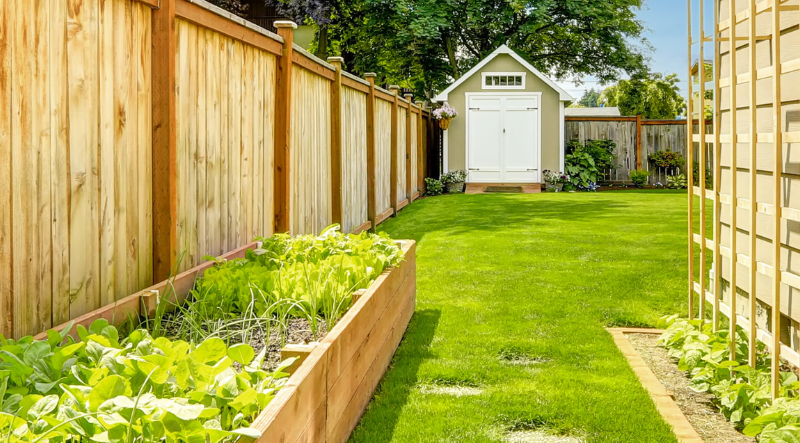
When choosing a fence, aesthetics and safety must go hand in hand. A fence that looks beautiful but offers no protection, or one that is secure but unattractive, won’t serve your needs completely. The key is finding a balance that complements your home’s design while fulfilling its function.
Start by looking at your garden’s overall style. A rustic, natural garden pairs well with wood or bamboo, while a contemporary landscape may benefit from sleek aluminum or composite panels. Choose colors that harmonize with your home’s exterior and surrounding plants. Earth tones tend to blend in easily, while bold hues can make a statement.
Safety should also guide your choice. If you have pets, ensure that gaps are small enough to prevent them from slipping through. For homes with children, avoid fences with sharp edges or decorative spikes. A fence should enhance peace of mind, not pose a hazard.
Lighting can further enhance both safety and beauty. Installing soft solar lights along the fence line highlights your garden at night while improving visibility. For added protection, consider motion-sensitive lights near gates or entry points.
Remember that your fence contributes to the first impression visitors have of your property. A well-designed fence frames your home beautifully and adds to its value.
5. Where Can I Buy a Garden Fence?
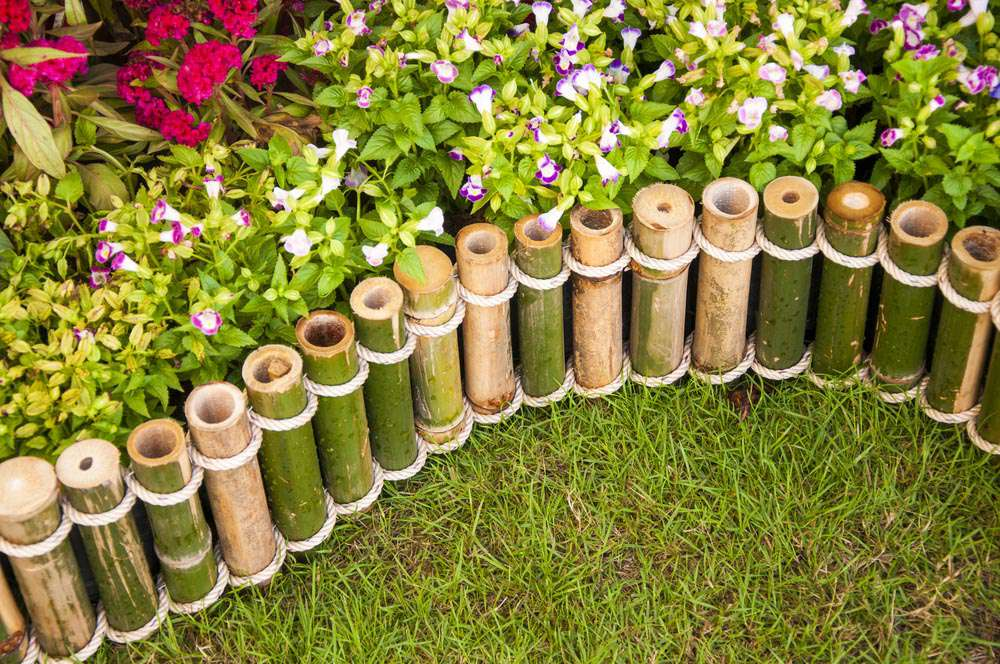
Finding a quality garden fence depends on your needs, budget, and location. Today, you can buy fences from a variety of sources, both online and offline.
Home improvement stores remain one of the most convenient options. They offer a wide range of prefabricated panels, posts, and accessories that you can inspect before purchase. You’ll also find experts who can guide you through installation materials and sizing.
Specialized fencing suppliers often provide more variety in materials and customization. If you have a specific design or need a custom size, these suppliers can create panels tailored to your garden. They might also offer installation services, which ensures a professional finish.
Online retailers have made fence shopping easier than ever. Many websites provide detailed specifications, customer reviews, and visual previews, helping you compare prices and materials quickly. However, always double-check shipping costs and measurements before ordering, as fencing materials can be bulky and heavy.
For those who value craftsmanship, local workshops or carpenters can build custom wooden fences that fit your property’s dimensions and aesthetic. Though this may cost more, it guarantees a unique and well-fitted design.
No matter where you buy, ensure that materials come with warranties and that installation instructions or services meet safety standards. A little research before purchase can prevent costly mistakes later.
6. How to Improve the Durability of Garden Fences
A fence’s lifespan depends not only on its material but also on how well it’s maintained and protected over time. To make your garden fence last longer, it’s important to pay attention to installation, weather protection, cleaning, and other small but effective practices. The following methods can help you extend its durability significantly.
Ensure Proper Installation
The foundation of a long-lasting fence begins with how it’s installed. Fence posts should be firmly set in the ground, ideally with concrete or metal supports to prevent them from shifting or leaning. Poor installation can lead to structural weakness, especially after heavy rain or strong winds. Make sure all panels are level and securely fixed before finishing the project, as this reduces the stress on joints over time.
Protect Against Moisture
Moisture is one of the main causes of fence damage. Wood can rot, metal can rust, and even vinyl can discolor if constantly damp. Applying a waterproof sealant, paint, or weather-resistant coating protects the fence from rain and humidity. Wooden fences should be resealed or painted every few years, while metal fences can benefit from anti-rust sprays or powder coatings. Always check the bottom parts of the fence, where moisture tends to accumulate the most.
Clean and Inspect Regularly
Regular cleaning helps keep your fence in top condition. Over time, dirt, moss, and mildew can weaken materials and dull their appearance. Washing your fence with mild soap and water once or twice a year prevents buildup and reveals any damage early. During cleaning, inspect for cracks, loose nails, rust spots, or warping. Fixing these small problems right away prevents them from becoming costly repairs later.
Maintain Ground Clearance
Keeping the base of your fence clear of plants, mulch, or soil helps it stay dry. When vegetation grows against the fence, it traps moisture and encourages rot. Maintain a small gap between the fence and the ground or use gravel underneath to improve drainage. This simple step reduces contact with water and keeps the bottom section from deteriorating quickly.
Apply Protective Treatments
Every fence material can benefit from a little extra protection. For wooden fences, adding post caps prevents water from soaking into the top of posts. Bamboo fences can be treated with natural oils to prevent cracking. In coastal areas, where salt air can corrode metal, using marine-grade finishes or stainless steel fasteners makes a huge difference. These protective treatments strengthen your fence and help it resist environmental stress.
Perform Seasonal Maintenance
Weather changes can cause your fence to expand, contract, or loosen. After winter frost, heavy rain, or strong winds, check for damage and tighten loose fittings. Replace broken boards or bent panels right away before the issue spreads. Consistent seasonal maintenance keeps your fence stable and ready for all kinds of weather.
Manage Nearby Plants and Climbing Vines
While climbing plants and vines look beautiful, they can harm your fence if left unchecked. Their roots and tendrils trap moisture and can pull panels apart. To keep both your plants and fence healthy, train vines on a separate trellis placed slightly away from the main structure. This allows air to circulate and prevents unnecessary pressure on the fence.
By following these steps, you can greatly increase the life of your garden fence. Regular attention, simple maintenance, and protective care ensure that your fence remains strong, attractive, and reliable for many years.
Conclusion
Choosing the right fence for your garden is both an aesthetic and practical decision. It’s about creating a secure, private, and visually pleasing space that complements your home. By understanding what you want your fence to accomplish, selecting the right material, and maintaining it properly, you can enjoy a structure that enhances your garden for many years.
A good fence doesn’t just stand on the boundary of your property it frames your lifestyle. Whether you value sustainability, elegance, privacy, or strength, there’s a fence that matches your vision. Taking time to plan carefully ensures that every glance at your garden brings satisfaction and pride.

